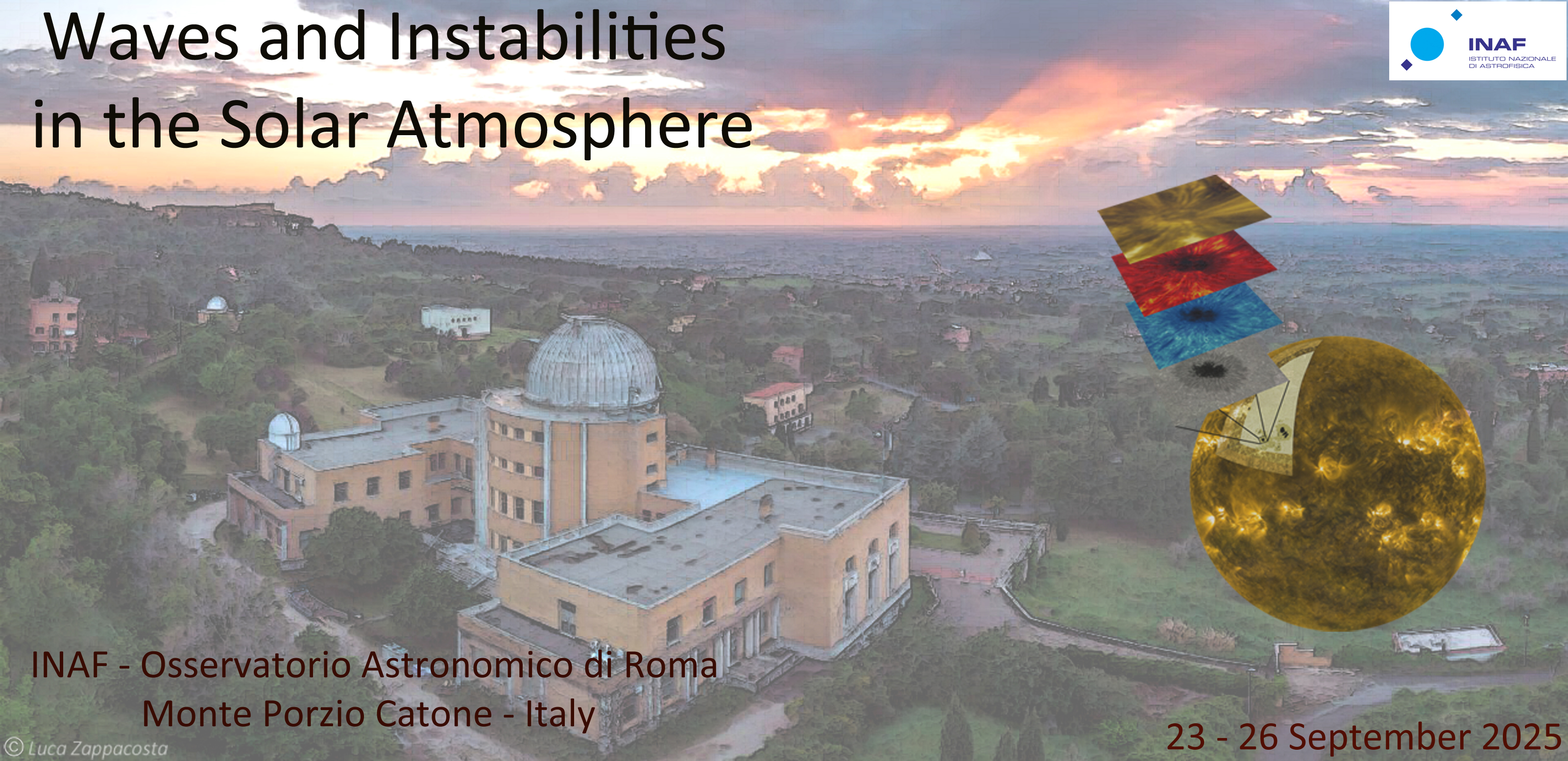Speaker
Description
The state of coronal loops essentially depends on the complex interplay between plasma flows, gravity, heating, radiative cooling and conduction. Numerical simulations show that, under the influence of a steady or quasi-steady footpoint heating, coronal loops can be in a state of thermal non-equilibrium (TNE), characterised by a localised thermal runaway that leads to the formation of cold and dense condensations. While earlier studies identified thermal instability (TI) as the primary mechanism behind coronal rain formation, its role has been questioned recently, particularly since the advent of TNE-focused studies. The main aim of this study is to identify the importance of TI in the context of coronal rain formation. Through a normal mode analysis (NMA), we investigate the role of thermal instability in driving coronal rain formation, probing for a deeper understanding of this mechanism in the context of the solar corona. After our analysis, it becomes evident that, while TNE functions as a large-scale, global process within coronal loops, TI tends to manifest locally, revealing a nuanced relationship between spatial and temporal dynamics.
| Sessions | Instabilities |
|---|

